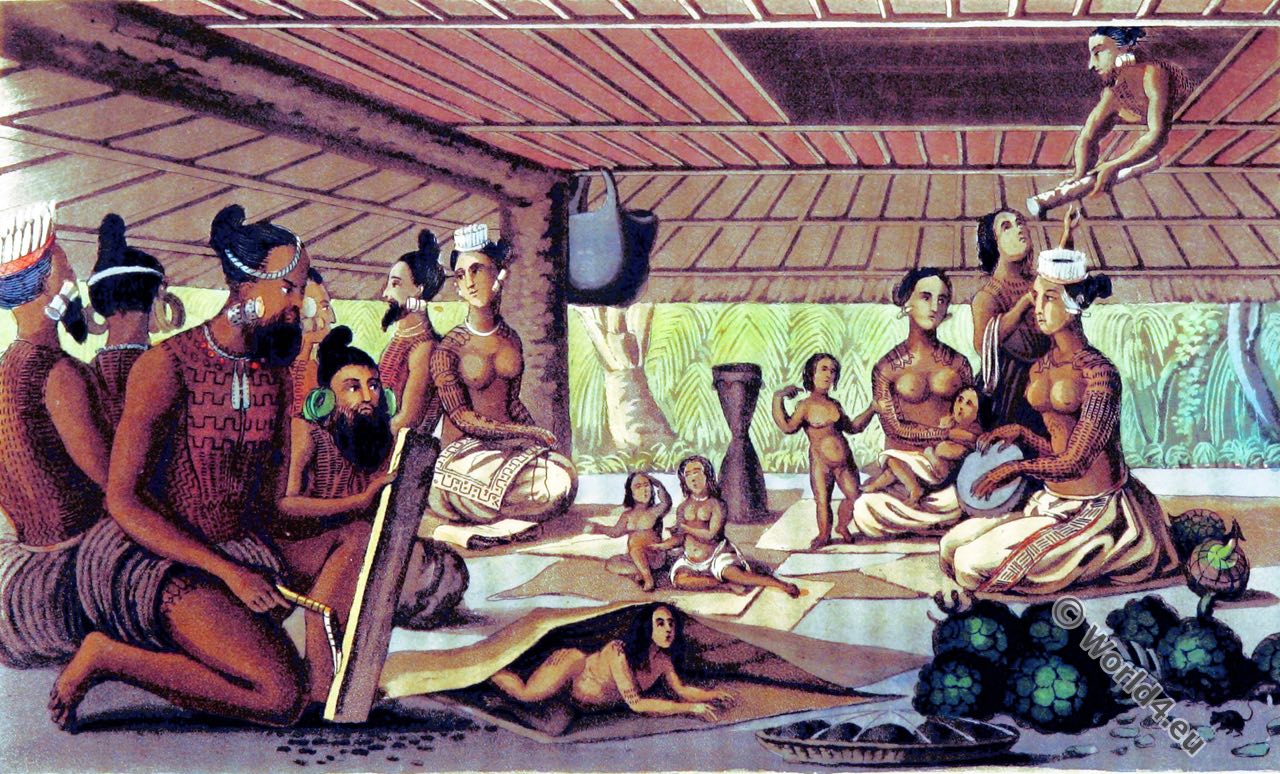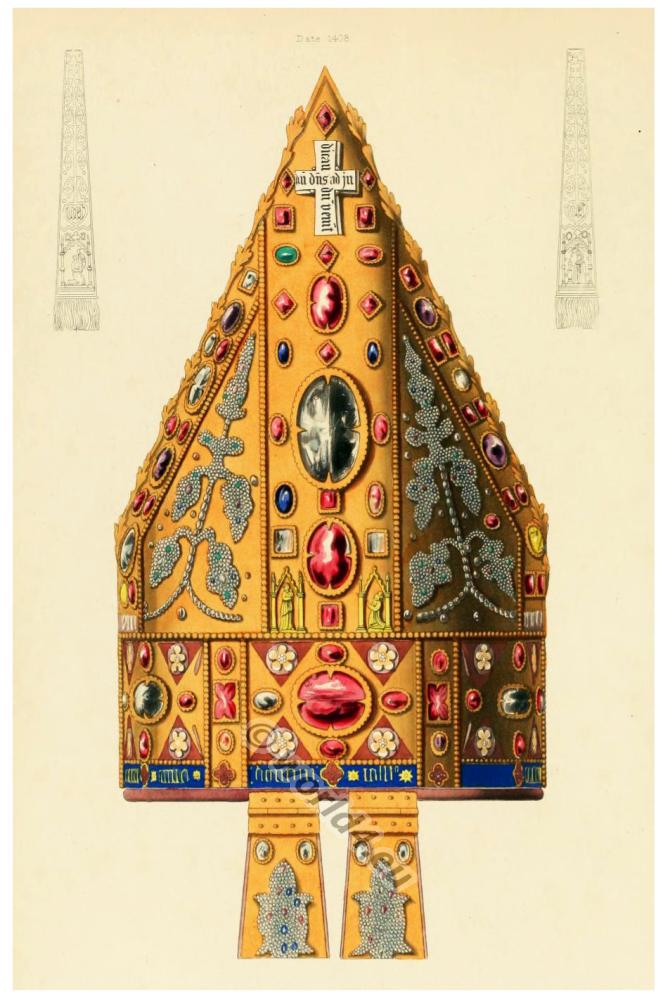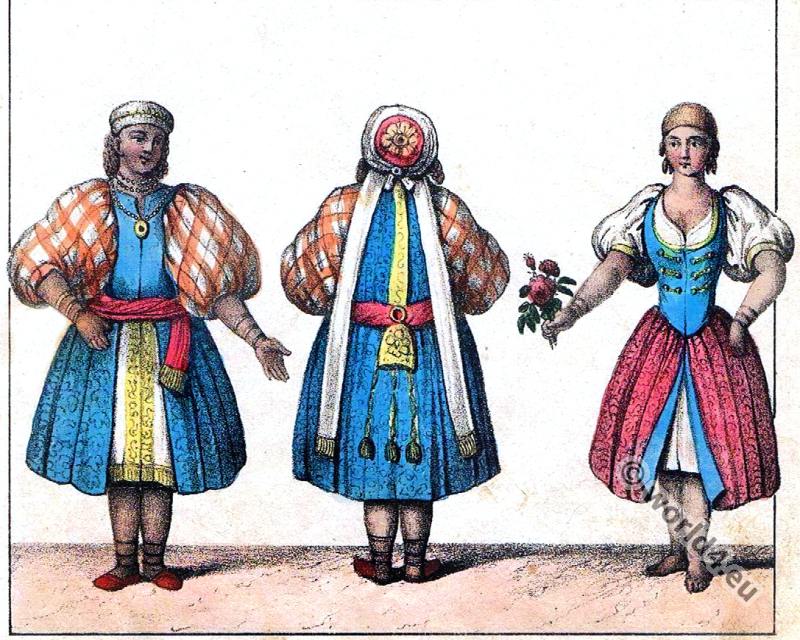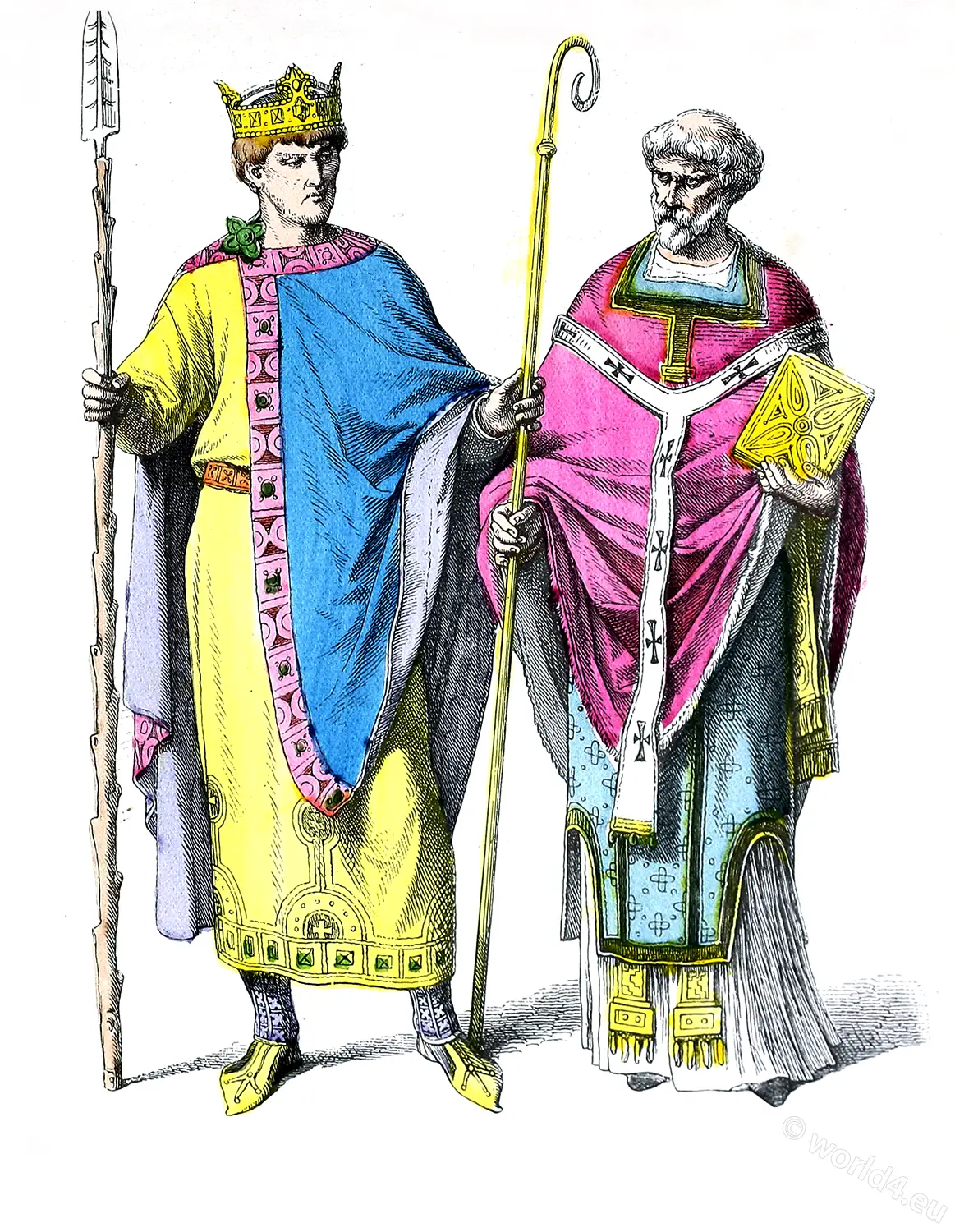Dinner at Crisso. In the house of the bishop of Salona.
THE large village of Crisso (Greek: Χρισσό), which probably occupies the site of the ancient Krissa, is situated in the ancient territory of Phocis on the southern side of Parnassos, and about six miles west of the ruins of Delphi.
The Bishop of Salona (Isaiah 1780 – 1821) who resides at this place, gave us reception in his house. This circumstance afforded us a favorable opportunity of observing some customs which merit commemoration, as instances in which classical usages have survived the lapse of so many centuries. We dined in an open gallery which commanded a magnificent view over the classic shores of the Crissaen Gulf.
On the Achaian side this gulf is bounded by the noble range of mountains which unites with the chain of Panachaikos that stretches towards the Ionian Sea and the ruins of Dyme. The nearer hills form part of Ozolaea Locris or Esperian Locris, and the town of Galaxidi is descried on a peninsula emerging from the Crissaean Gulf. It occupies the site of an ancient town, which was probably Euanthia.
Before sitting down to dinner, and after we rose from table, we performed the ancient ceremony of washing the hands. A tin bason is taken round to all the company, the servant holding it on his left arm, while with his right hand he pours water from a pewter vessel on the hands of the washer, having a towel thrown over his shoulder to dry them with.
This ceremony is performed not only before and after meals, but is also practiced by the Greeks and Turks before they commence their prayers. The same was observed by the ancients, and is mentioned by Hesiod, by Homer, and other authors.
We dined at a round table supported on one leg or column, like the monopodia of the ancients. We sat on cushions placed on the floor. The dish in the middle of the table is pilau, composed of rice and boiled meat. The circular cakes, which are a fine kind of bread, are named colouri.
The venerable figure reclining on the left hand is the Bishop of Salona. This prelate is receiving the homage of a Greek peasant, who kisses the ground before he applies his lips to the bishop’s hand. The man holding the water-bason is an Albanian christian, and the person washing is a Greek gentleman. The middle figure at the table is a village priest designated by the black cap. The woman bringing in a fowl is an Albanian.
Source: Views in Greece by Edward Dodwell. London, 1821.







